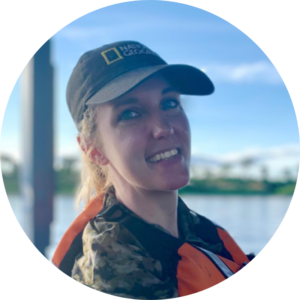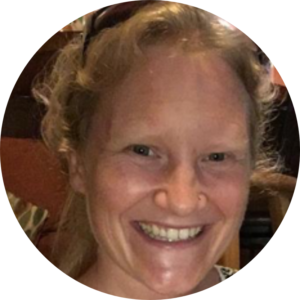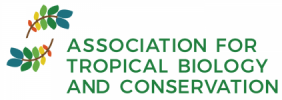Webinar: Impacts of COVID-19 on Wildlife Trade, Health, and Climate
Register here
SPEAKERS:
Astrid Andersson
Lucy Keatts
Astrid Andersson
The University of Hong Kong, Hong Kong | @AA_Andersson

How did you first become interested in wildlife trade?
What tools do you use in your study of wildlife trade?
What challenges do you see in working across wildlife trade and human health issues?
What on-the-ground actions would you prioritize to tackle the risks around wildlife trade and zoonoses, if you could?
Lucy Keatts
Lucy Keatts, Wildlife Conservation Society, USA

How did you first become interested in zoonoses?
What tools do you use in your study of zoonoses?
What challenges do you see in working across wildlife disease and human health issues?
What on-the-ground actions would you prioritise to tackle the risks around future disease emergence from wildlife, if you could?
A global effort towards ending the trade in wild animals for human consumption (especially of mammals and birds which pose a higher risk for pandemic pathogen emergence); better integration of One Health and health impacts into land-use planning towards improved stewardship of biodiverse areas and reduction of their fragmentation and of edge-expansion; improved protections of wildlife and functional biodiverse landscapes; development of sustainable wildlife and community health surveillance networks (e.g. using the SMART tool) feeding into national systems to enable rapid response and guidance of future mitigation efforts.



